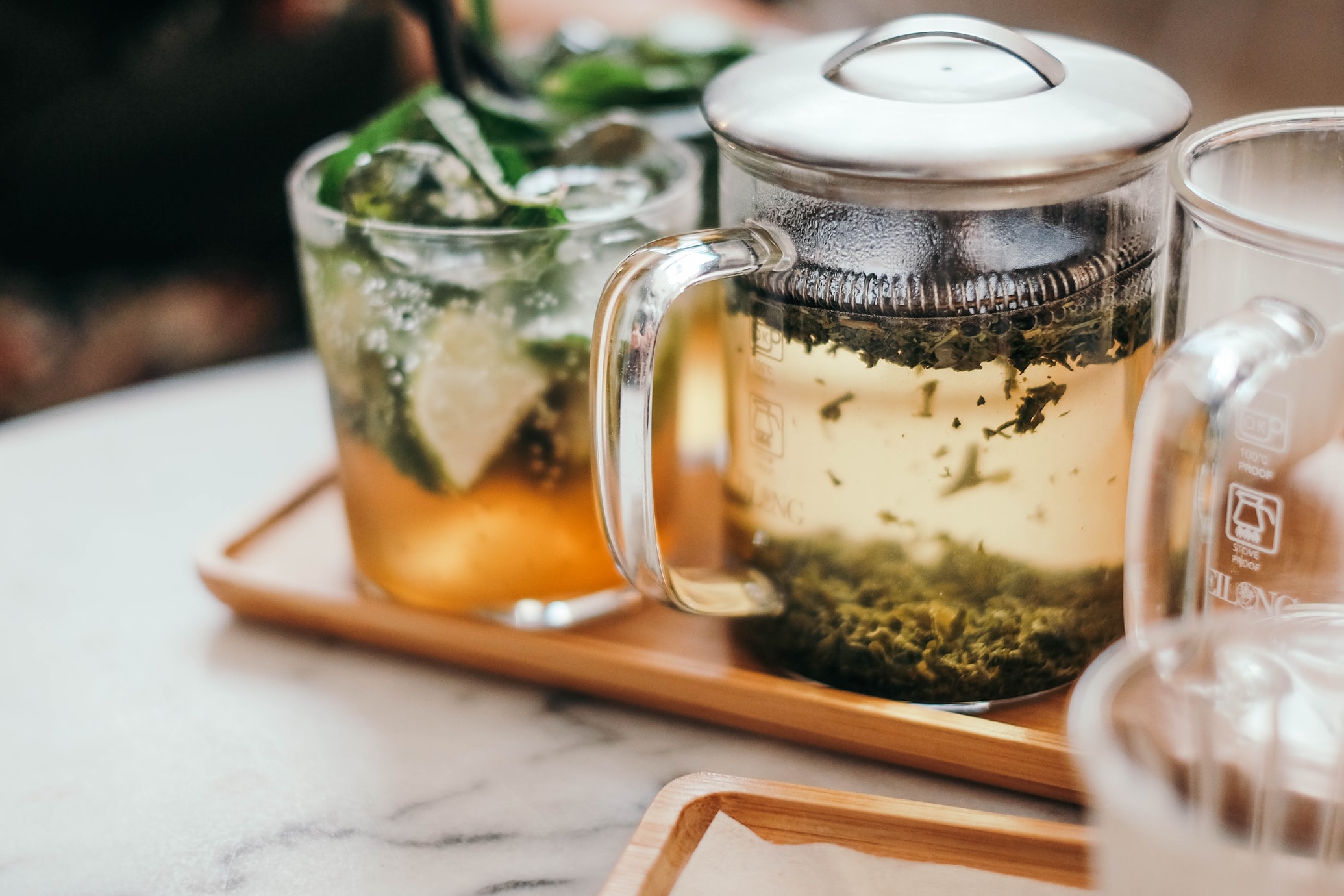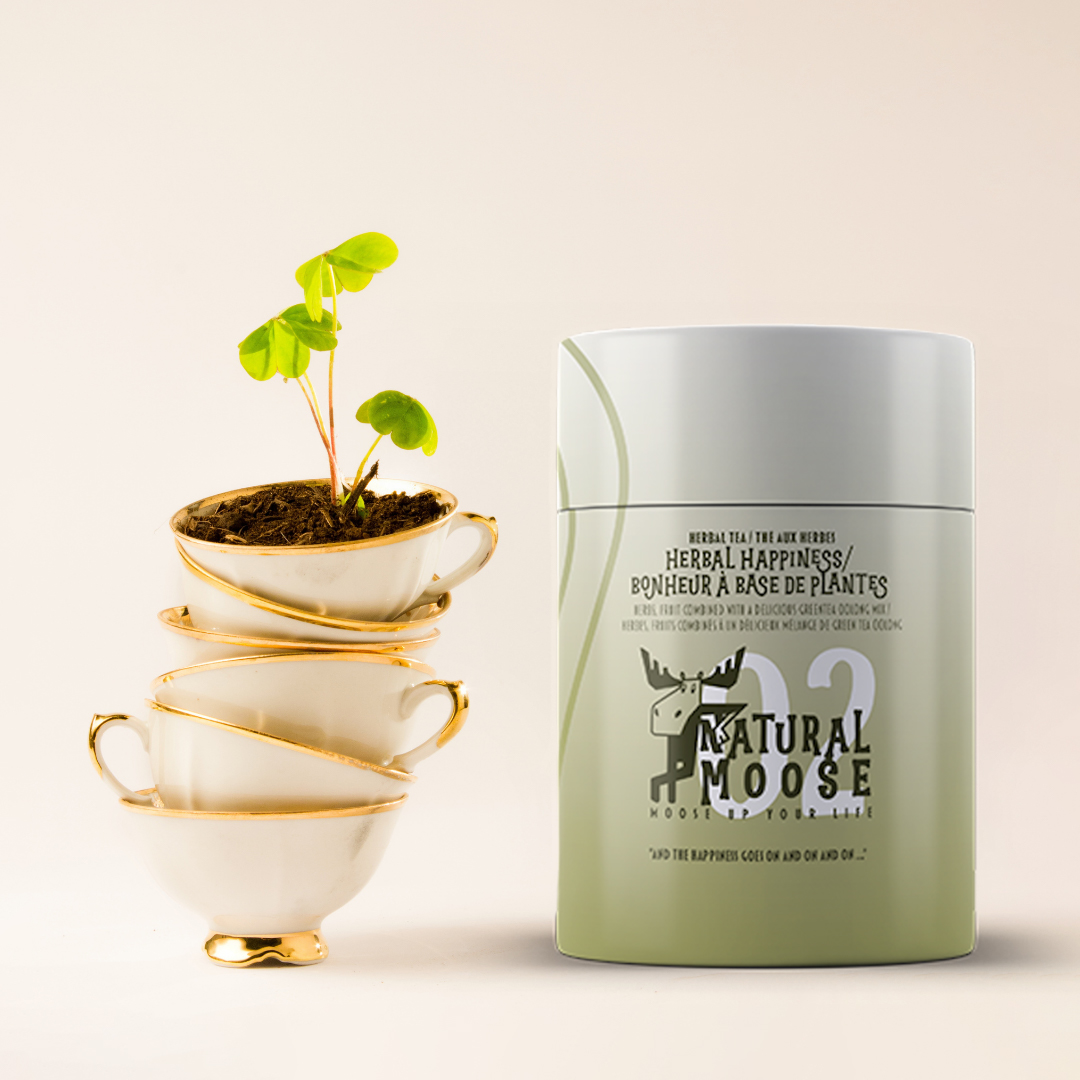Trends are always changing, even in the tea industry! In 2023, cheese tea, a savory drink from Taiwan, simple hot tea, and holistic healing herbal teas were gaining popularity. This year, iced tea is becoming a favorite of many. Let’s take a look at the iced tea trends on the rise this year in 2024.
RTD Iced Tea
2024 is all about convenience and health. Ready-to-drink (RTD) teas are a healthier alternative to coffee or soda. Coffee drinkers have many RTD options, and soda is readily available in almost all grocery stores or gas stations. For tea drinkers, there haven’t been too many options on the go. For a midday pick-me-up, try a RTD iced tea instead of your usual can of Pepsi or cup of coffee.
Iced Matcha Tea Lattes
Matcha is a newer trend that is still very present in 2024, especially in the form of an iced tea latte. The green tea properties in matcha contain rich antioxidants for reduced risk of disease and L-theanine for a steady level of focus and energy. Iced Matcha Lattes have become a popular menu item at many cafes and drive-thrus coffee shops.
Iced Tea Lemonade
Another trend of 2024 is iced tea lemonades. Lemonade is commonly paired with green tea, black tea (also known as an arnold palmer), or with a fruity tea such as hibiscus. A splash of lemonade gives iced tea a hint of citrus and sweetness, perfect for the summer time. Iced green tea lemonades and black tea lemonades are even listed on the Starbucks menu.
A Healthy Habit for 2024
When it comes to tea, there are so many flavors to choose from and trends to try out. Iced Tea growing in popularity is great for both sellers and consumers alike. Switching from coffee or soda to iced tea is a healthy habit everyone should try out in 2024.











